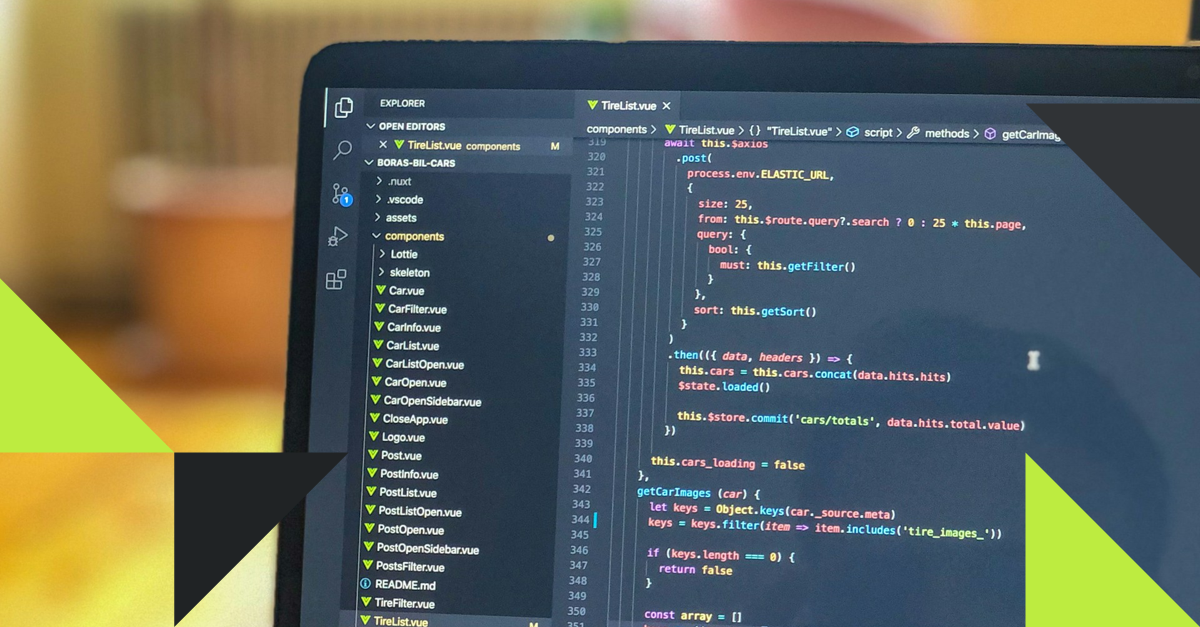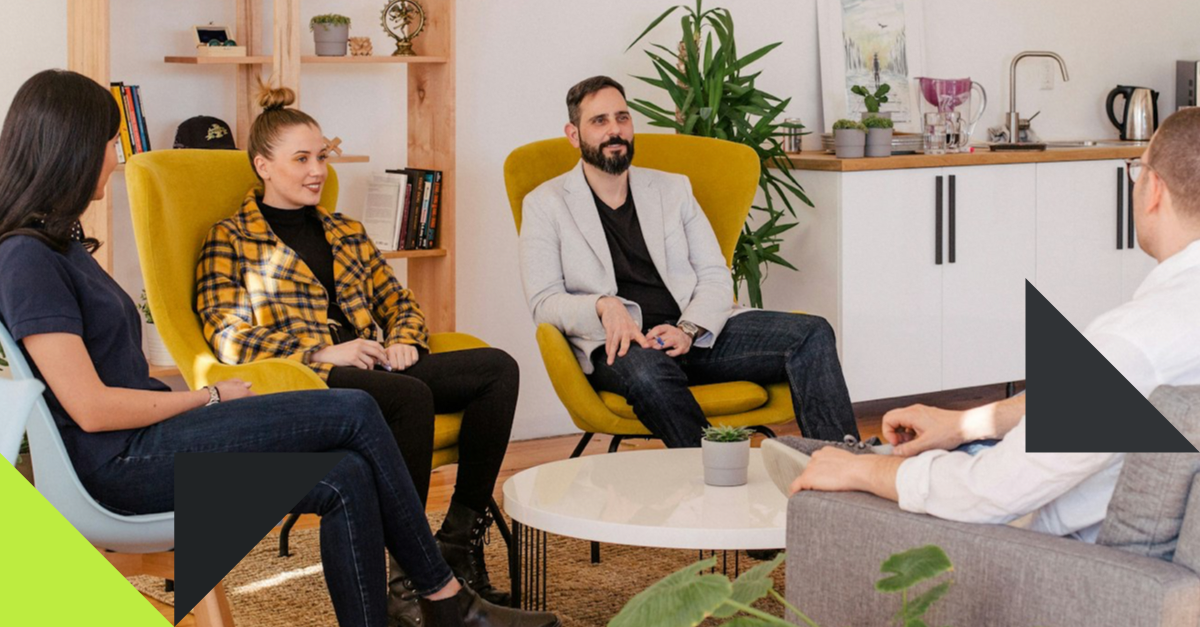I have noticed the words “Service Design” being thrown around a lot lately.
I’m a digital recruiter, specialising in UX, but it’s a fast moving industry. More and more companies I work with are looking for Service Designers – yet when we meet to discuss their brief, they all have different interpretations of the role.
e it’s too new an area for a universally-acknowledged definition. Perhaps in some industries, the role has naturally evolved.
As I understand it, a UX designer looks at all digital touch points, whether that is a website or an app for wearable tech. They work to ensure that all digital offerings are on brand and user-centric. A Service designer, meanwhile, looks at all touch points whether they are digital or not and ensures a seamless transition between them all.
So this makes me think the confusion may stem from the fact that some industries are purely digital – they don’t need two separate roles, they need their UX Designer to take on more responsibility. Often they call this more senior position “Service Designer”.
It’s tricky for more junior designers who have just come onto the market and are looking to carve out their career. Where should they be gaining experience and what should they be calling themselves?
At Zebra People we’re working hard to understand what companies need their designers to do for them and to recruit accordingly.
As such, we’ve put together a cheat sheet to try to clear up some of the misunderstandings.
olistic v specialist: Service designers tend to have a more holistic approach to understanding what the business requires. They then identify the problem areas that are not corresponding to these needs and work with relevant teams to combat this. UX designers specifically look at digital touchpoints and ensure they are all coordinated and user-centric.
- Empathy: UX designers and Service designers definitely share soft skills; empathy is one of them. A UX designer uses empathy and research to put the user’s needs at the heart of every design. Service designers use empathy to keep a user focus when designing for business needs and requirements.
- Seniority: Service designers tend to “float” above the surface, working on the bigger picture. Because of this, their work tends to be more senior. They often make the important decisions and are involved with activities usually reserved for directors.
- Opportunities: The current market has more options for UX designers. This is probably due to the majority of tech companies not classing themselves as a “service”. For example, social media companies do not have ‘non-digital’ touch points and therefore would not need a service designer. Banking clients, however, have multiple digital and non-digital touchpoints and so we predict more opportunities in this area for Service designers.
Still unsure?
Don’t worry, I’ve spoken to many different companies, service designers and UX designers – none of them agree!



